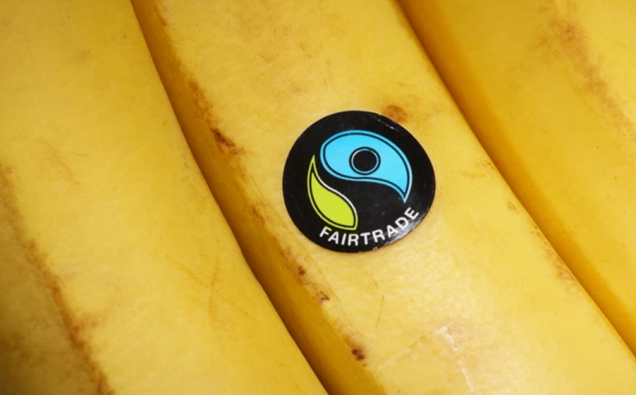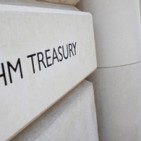What is fair trade?
This is when companies in developed countries pay a fair price for products that have been made by producers in developing countries. A ‘fair price’ means that the producers are paid enough to be able to afford essentials like food, education and healthcare.
What is the fair trade movement?
Started in 1992, fair trade is a global movement made up of producers, companies, consumers and organisations, whose aim is to support farmers and workers in the developing world by giving them a voice, and helping them to stand up for their rights. Some 1.7 million farmers and workers are in fair trade-certified producer organisations across 73 countries.
How can you tell if a product is fair trade?
In the UK, there are over 4,500 fair trade certified products available for sale, from food and drink to homeware and fashion. Among the best-known fair trade-certified brands are: AMT Coffee, Clipper Tea, Arena Flowers, Co-operative wine, and Divine Chocolate. Divine is the is 100% Fairtrade and owned by cocoa farmers.
What is Fairtrade Fortnight?
The first Fairtrade Fortnight was held in Edinburgh in 1997 to increase awareness of fair trade principles and products. It is now celebrated in many countries around the world, including Canada, Australia and New Zealand, and schools everywhere are encouraged to get involved too.
Why should children learn about fair trade?
It is so important for children to be aware of what is happening in the wider world, and what life is like for people in different countries. Fairtrade Fortnight is a great opportunity to teach children about where some of the food on their plate comes from (not just the supermarket shelf) and the people and processes involved in making that happen. Learning and talking about the fair trade Movement, and why it is needed, can lead to a better understanding of the wider world around them, and help to develop their empathetic skills.
If you are looking for a child-friendly introduction to the topic of fair trade, check out our Fair Trade Facts for Kids blog.
Fair trade games
Providing fun and engaging activities to help children learn about fair trade will make the important lesson memorable. Here are two easy fair trade games you can play with children.
A tall story!
Explain to children they will be paid in building blocks for completing a task. Set them a simple task – for example, to draw a picture or jump five times. When the task is completed pay some children lots of blocks and the rest only a few blocks. Now ask the children to build a tower with their blocks and tell them the best tower will be the tallest tower. Is this fair? Why? How did the activity make them feel? You could repeat the activity a few times to show how quickly some children are left behind the others. Bring the activity back to fair trade and explain some farmers are not paid fairly for the crops they grow. Is this fair? How might it affect them and their families?
The price of justice
Challenge children to find out the price of fair trade and non-fair trade bananas in different shops. What is the difference in the average price of fair trade bananas compared to others? Encourage children to find out how the farmer benefits when we buy a fair trade banana. Debate if the extra cost to the consumer is worth it.
Did you know?
There are more than 1,000 Fairtrade schools in the UK. If you would like to find out how your school can become one, read our blog: How to Become a Fair Trade School
More on Fairtrade Fortnight here.


















